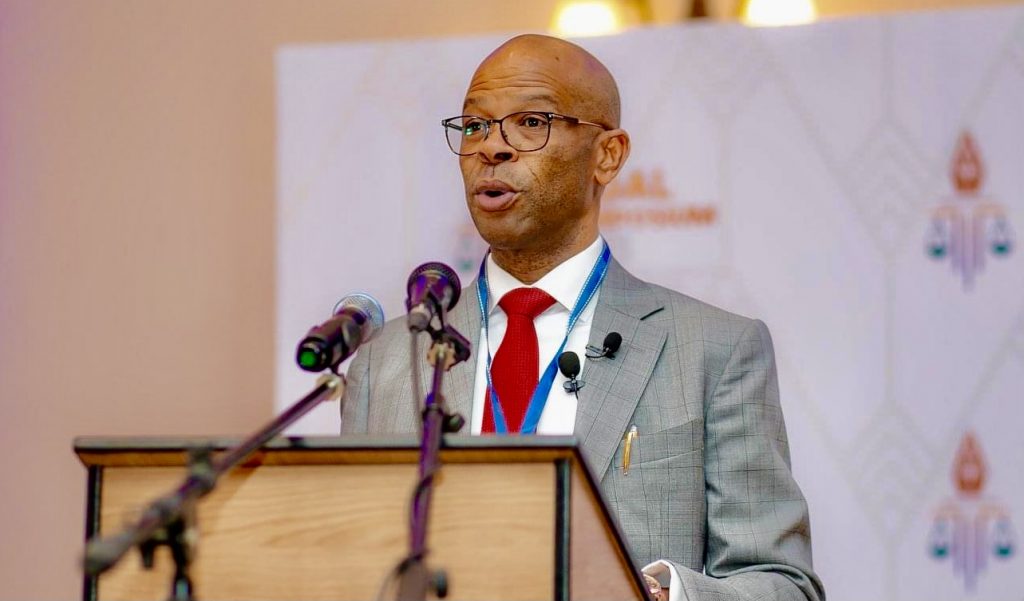Amidst elevated inflation at a 62-month high fuelled by currency weakness, Africa’s second largest copper producer Zambia will have its second rate decision meeting on the 17-19 May. The Monetary Policy Committee (MPC) had in its first meeting on February 17, hiked rates 50 basis points to 8.5% which marked the genesis of the rate hiking cycle pressured by an eminent exchange rate rout. But for societal and economic effects of the corona virus pandemic, the upward adjustment would have been steeper in aggressively curbing the currency rout. Zambia’s foreign exchange market remains imbalanced with demand outwitting supply significantly in a dollar scarce environment amidst low reserves that exacerbates the central bank hurdle of selling the green back on the open market for price stability purposes.
It is about a dry point of construction that exchange rate depreciation is a major driver of credit risk especially for counter-parties whose cash flows are mismatched with their debt obligations which has resulted in appetite for convertibility of the loans to Kwacha and vice versa for players trying to match their respective obligation currency denominations. In addition to sovereign risk amidst dollar bond coupon defaults and a deteriorated Long Term Issuer Rating (LTIR) on the foreign currency debt at ‘RD’.
EMERGING MARKET RATE HIKING CYCLE COMMENCES
A little deviation from the analysis reveals that Emerging Markets (EM) have commenced a rate hiking cycle to address inflation pressures which are a result of the aggressive central bank stimulus in pandemic period, but with ebbing positivity rates in most parts of the world, monetary policy will be the best option to reign in consumer price indexes that have been in climb mode. So far 5 of 31 central banks globally have hiked rates. As for Zambia, inflation has morphed from ‘cost-push’ to both cost push and demand pull from excess local currency liquidity.
April inflation slowed 0.1% to 22.7% signalling peaking consumer price index and will now seek to ease. This is in part due to a slower depreciation of the exchange rate which could inform the benchmark interest rate forecast predicted in this analysis given that the traditional model for momentary policy management is inflation based.
PRIVATE SECTOR PULSE OUT OF THE DOLDRUMS AT 50.1
May business pulse for the first time in 26 – months crossed the 50 benchmark at 50.1 as measured by the Markit Economics Purchasing Managers Index – PMI, a significant improvement in the Zambian private sector. Business confidence was at the highest since pandemic times supported by a climb in new orders supported in increased consumer demand. However currency weakness continues to impact inout inflation and ultimately selling prices.
HIGH COST OF LIVING BUT BULLISH COPPER PRICE FORECAST AS OUTLOOK BRIGHTENS
Given a high cost of living as measured by the Jesuit Centre for Theological Reflection – JCTR on a food basket for a family of 5 and 3-months to the polls, it is highly unlikely that consumers would be burdened with additional debt service burden and as such the central bank could kick the can down the road one more quarter before executing any aggressive hikes. In the labyrinth of economic woes and external debt service pressure, while the copper producer progresses with talks with the Washington based lender IMF for an Extended Credit Facility – ECF, agriculture and energy subsidies remain potential faculties that the Zambian authorities could be at pains seeking to address to as parliament dissolution nears in May. Zambia however has made significant strides to restore fiscal fitness while the red-metal fundamentals are in its favour as copper trades north of $9,000/MT on the London Metal Exchange. Commodity traders such as Trafigura and other traders such as Citigroup, Barclays and Goldman Sachs have remained bullish on the metal. For Zambia, copper remains a bellwether of economic pulse and increased tax revenues for the state to address the debt service capability.
The central bank, with a long term view, has started to up ramp gold reserves and have stocked over 10,000 ounces as it seeks to shore up foreign exchange reserves which have fallen to decade lows and were last recorded at $1.2 billion.
FITCH REPRIEVE ON THE LCY SIDE BUT DOWNSIDE RISKS STILL ALIVE
In 1Q21 the Bank of Zambia was actively engaged in bond buy-backs which aided domestic debt restructure while their ability to meet local currency obligations earned the sovereign an upgrade to ‘CCC’ by Fitch from ‘CC’ evident in commercial bank write backs as risk weights applied on sovereign linked assets lowered thereby manifesting in lower impairments for banks that are transparent in their application of International Financial Reporting Standards (IFRS9). With the copper producer at the cusp of an IMF deal, a precursor to successful debt restructure, Zambia’s outlook has started to brighten with most players and investors taking a cautious optimistic view.
Duration risk management continues to be spelt by demand for shorter dated higher yielding government securities outperforming bonds as seen by the subscription rates in debt sales.
We remain of the view that there’s a 90% likelihood that the policy rate will remain tad at 8.5% while a hike of 50bps could still be effected with 10% probability.
The Kwacha Arbitrageur

